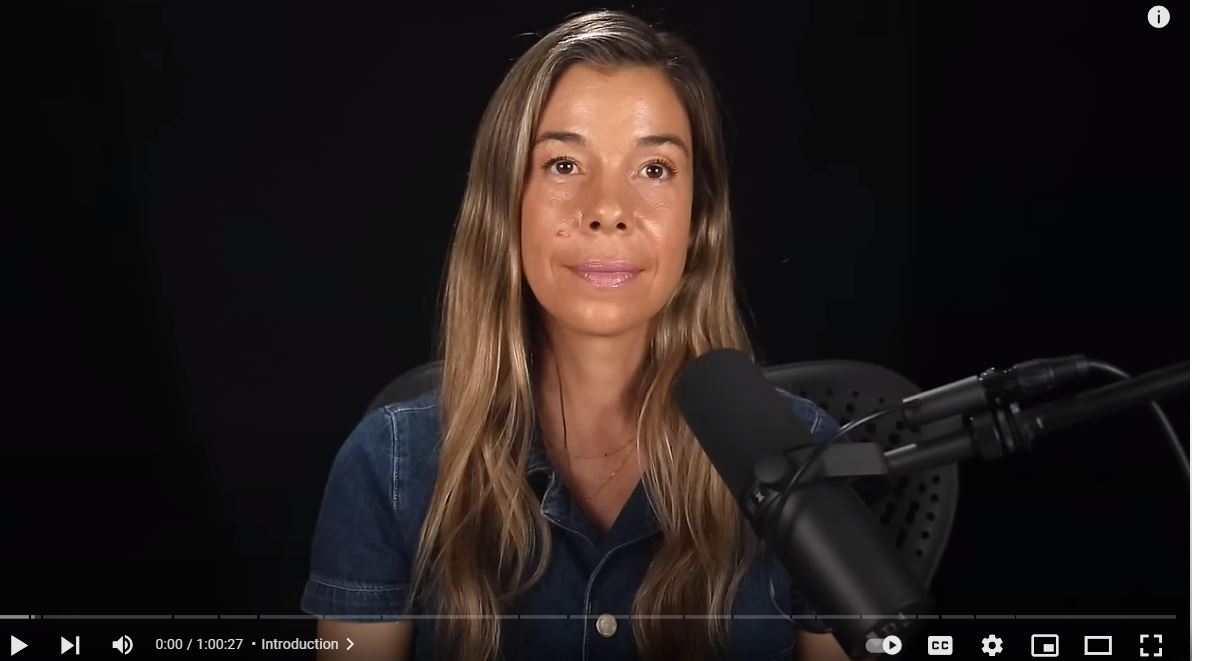Brain Health and Exercise — What, Specifically, Should I Be Doing?
The theme for this week …
Yes, brain benefits from exercise are real. (If you missed the recent post discussing this, you can find it here.) In general, higher intensity or longer duration are key. But why, and what are some real strategies for prioritizing how you use your precious exercise time?
Read on …
Practical details into why exercise is good for the brain
In this recent podcast, Dr. Rhonda Patrick breaks down muscle and brain biochemistry and how they, combined with exercise, impact your brain health. The details of all of this are so interesting!
She goes over specific exercise variables that have been linked to positive brain health changes. The long and short of it is that more exercise is better, no matter where you are starting from.
Exercise intensity and benefit
When it comes to brain health, the concept of the body’s lactate production is the goal. Lactate is ultimately involved in producing BDNF, the factor used for brain neuron repair and regeneration. So for maximum benefit, you want your muscles to work hard enough to produce a lot of lactate. (Yes, lactate is good. The lactate is bad theory has been debunked.)
Time or intensity?
The more intense, the less time is needed to produce benefits. The body either needs about 40 minutes exercising at lower intensities, or 30 minutes with vigorous exercise.
These are specific exercise intensities linked to lactate levels for brain health:
- HIIT (High Intensity Interval Training) Alternating between vigorous and low intensity/rest.
- Vigorous training: High level, not able to talk.
- Zone 2 training: Moderate level, able to talk, but breathy.
NOTE: Although these examples are fairly intense, research also shows the brain benefits from any increase in exercise that you can add.
How to effectively add intensity to your exercise routine
Vigorous exercise stimulates brain-related metabolic changes and there are several ways to get these benefits. The podcast discusses these:
- Norwegian 4×4 which is four sets of an interval consisting of 4 min. high intensity, then 3 min. low intensity recovery.
- 1×1 intervals by doing 5-10 sets of one minute of high intensity alternating with one minute of recovery.
- Lower intensity Zone 2 training of 40 minutes, consistently.
As you contemplate changes to your exercise routine, find a way to add in one of these options weekly.
Your brain will thank you!
Insight of the Week from Cara
Brain health is such an important topic, and in some families, an area of critical concern.
What can you do to help yourself? The pharmaceutical industry presents many options, but one of the most effective, lowest cost, with the least side effects is plain old exercise.
The next question becomes how to maximize your precious time to get the desired benefits of the exercise.
Intensity or time: what if you can’t do either?
Research shows vigorous intervals or longer periods of continuous exercise are required to create the lactate needed for BDNF formation for brain rejuvenation.
What can you do if your body isn’t up to doing either intense or longer periods? To answer that you need to find answers to “why not?” Here are some potential reasons:
- Pain with exercise
- Poor endurance
- Poor balance making exercise safety questionable
How can Bridging® play a role?
For each of these barriers to exercise, the Bridging® process can identify the root of what’s keeping you from easily moving, and then reset your muscle memory to allow you to work toward your goals.
Some of the reasons we find that keep our clients from easily exercising include:
- Prior injuries which cause inefficient movement creating pain and fatigue.
- Medical interventions such as surgery which leave barriers to muscle function or core integration.
- Illness, especially respiratory, which leaves your core challenged to work, and your breathing limited.
Targeted problem-solving and fast solutions
Clients find Bridging’s targeted approach to problem-solving identifies the issues that keep them from easily moving. Often these are issues that other professionals don’t consider, and don’t show up on imaging.
Even better than finding a cause, is the solution — gentle, rocking, and stretch-based muscle resetting during Bridging®, which is also very relaxing.

